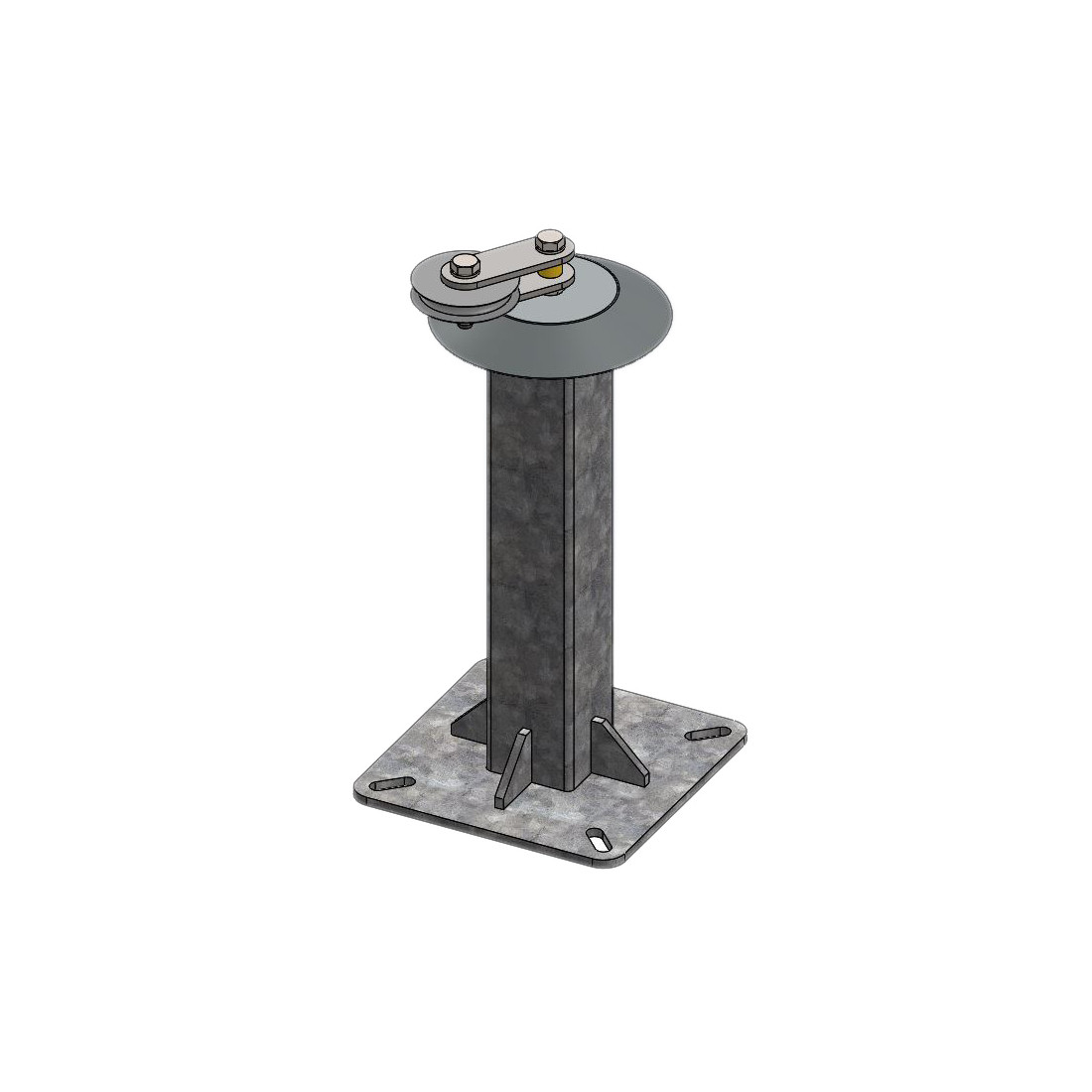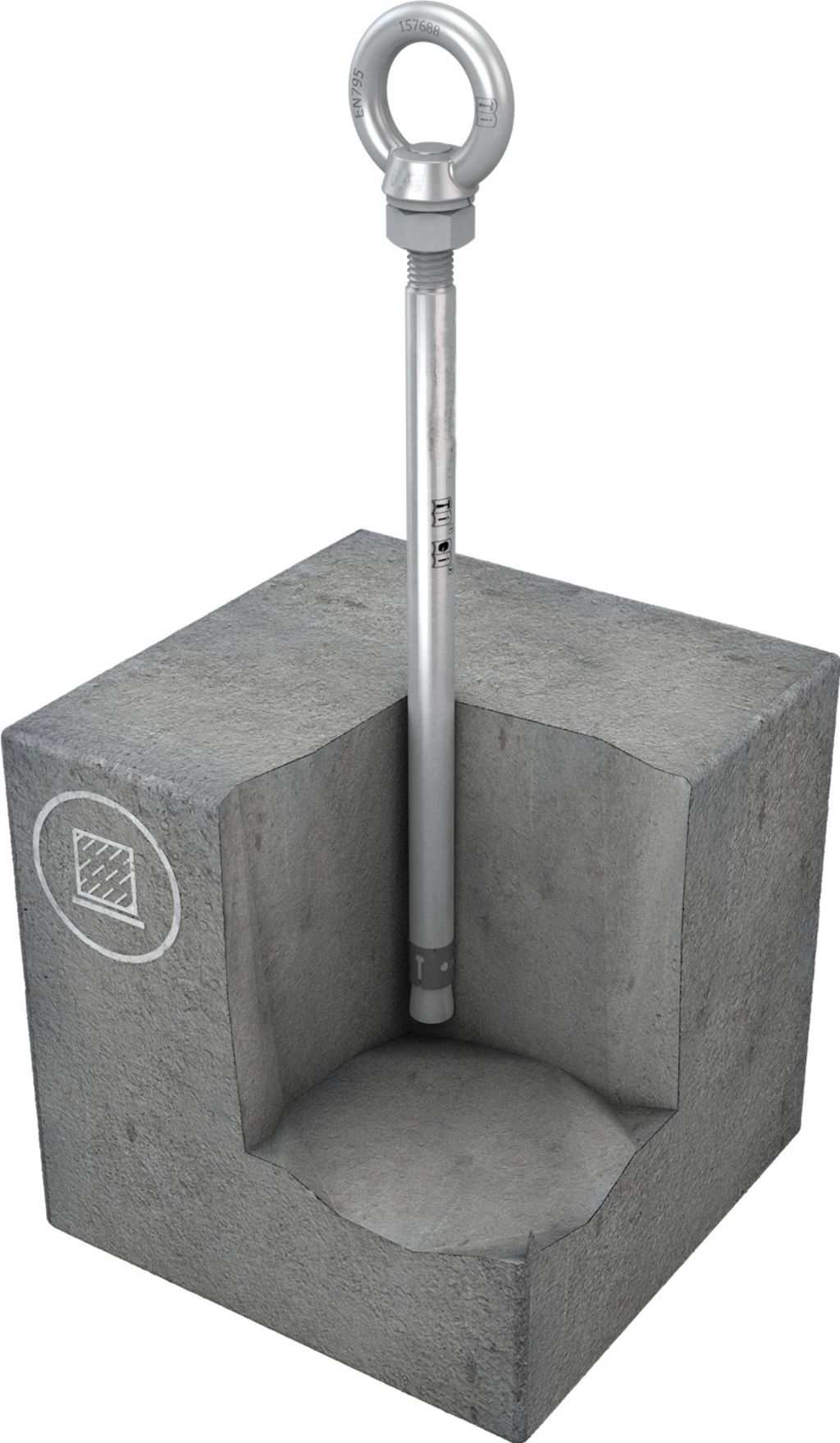

display: box )īlackberry browser 10+ supports the new syntax.įor more information about how to mix syntaxes in order to get the best browser support, please refer to this article (CSS-Tricks) or this article (DevOpera). (old) means the old syntax from 2009 (e.g.(hybrid) means an odd unofficial syntax from 2011 (e.g.(modern) means the recent syntax from the specification (e.g.Then we tell to both the header and the footer to take 100% of the current viewport width, no matter what.Īnd the main content and both sidebars will share the same row, sharing the remaining space as follow: 66% (2/(1+2)) for the main content, 33% (1/(1+2)) for the sidebar.

Flex PCBs introduced versatility to PCB fabrication and rigid-flex combines both for increased performance. The rigid PCB is the traditional board and the base from which the other two variations came about, in response to industry and market needs. header,įirst, we’ve authorized flex items to be displayed on multiple rows with flex-flow: row wrap. The rigid, flex and rigid-flex PCBs are all types of printed circuit boards. The following demo shows a very simple layout with Flexbox thanks to the flex property: If all items in the flex container use this pattern, their sizes will be proportional to the specified flex factor. It makes the flex item flexible and sets the flex basis to zero, resulting in an item that receives the specified proportion of the remaining space. This is similar to flex: initial except it is not allowed to shrink, even in an overflow situation. It sizes the item according to its width/ height properties, but makes it fully inflexible. If all items are either flex: auto, flex: initial, or flex: none, any remaining space after the items have been sized will be distributed evenly to the items with flex: auto. It sizes the item based on its width/ height properties, but makes it fully flexible so that they absorb any extra space along the main axis. Ultimate strengths are based on laboratory tests. The alignment abilities or auto margins can be used to align flex items along the main axis. Design (LRFD) strengths are based on a resistance factor,, of 0.50 in.
Difference between fleex 1 and 3 loaded free#
It makes the flex item inflexible when there is some free space left, but allows it to shrink to its minimum when there is not enough space. It sizes the item based on its width/ height properties (or its content if not set). This is the same as flex: initial and the shorthand for the default value: flex: 0 1 auto. Here’s the scoop on what the values map to depending on how many values you give it: flex: none /* value 'none' case */įlex: /* One value syntax, variation 1 */įlex: /* One value syntax, variation 2 */įlex: /* Two values syntax, variation 1 */įlex: /* Two values syntax, variation 2 */įlex: inherit Common values for flex flex: 0 auto * and it leaves the flex-shrink property alone, which would be */įlex-shrink: inherit /* defaults to 1 */

The second and third parameters ( flex-shrink and flex-basis) are optional. This is the shorthand for flex-grow, flex-shrink and flex-basis. The flex property is a sub-property of the Flexible Box Layout module.


 0 kommentar(er)
0 kommentar(er)
